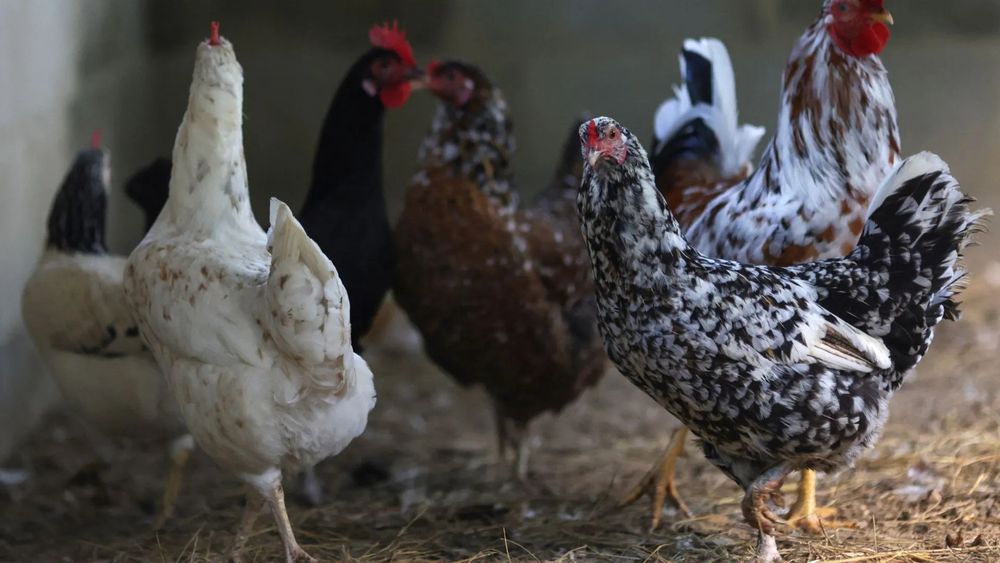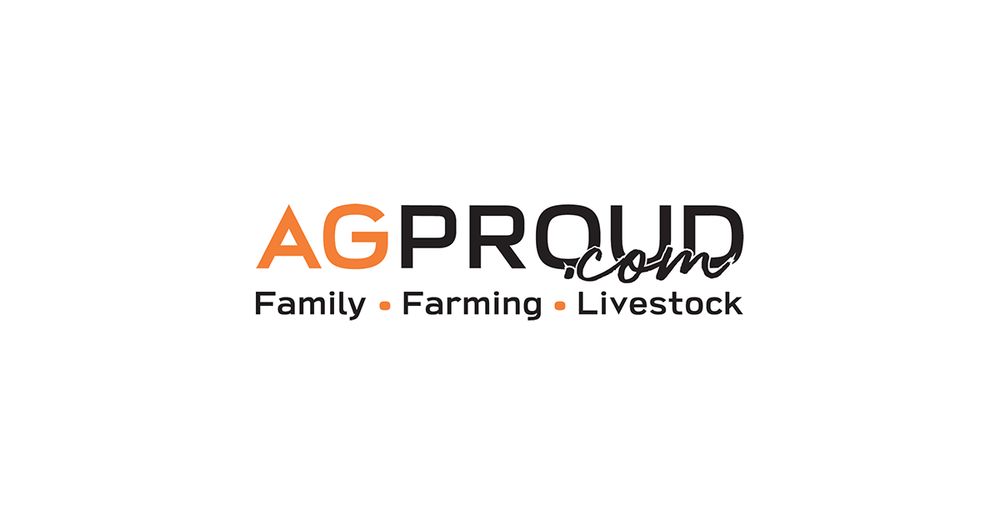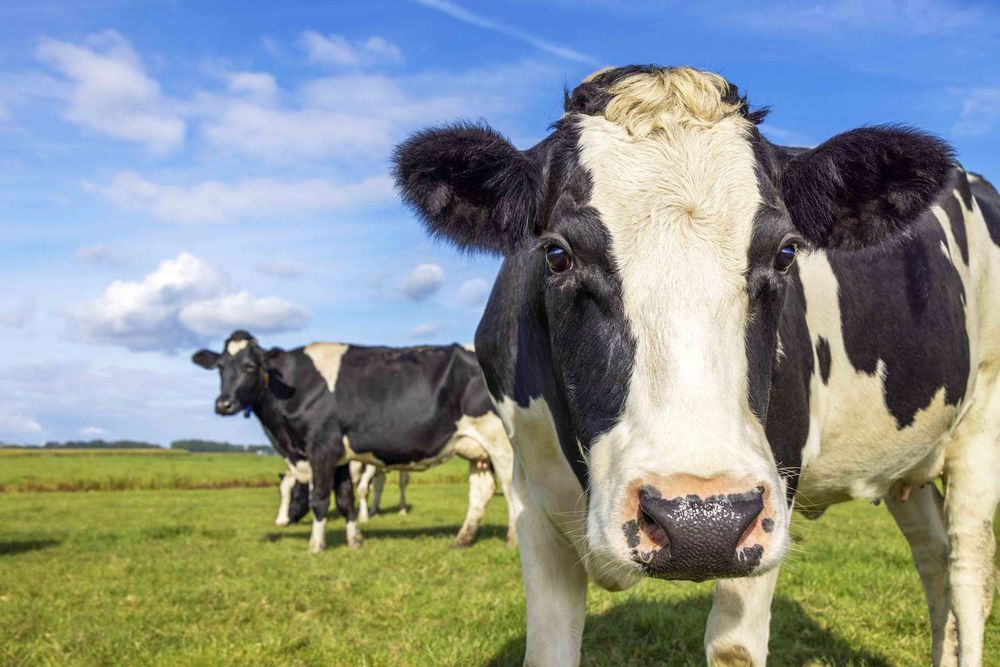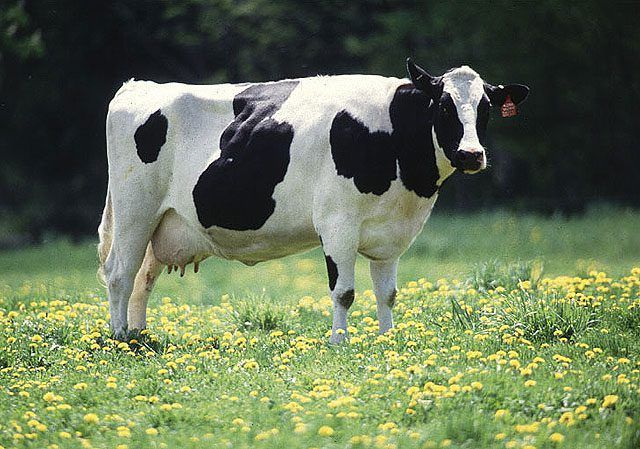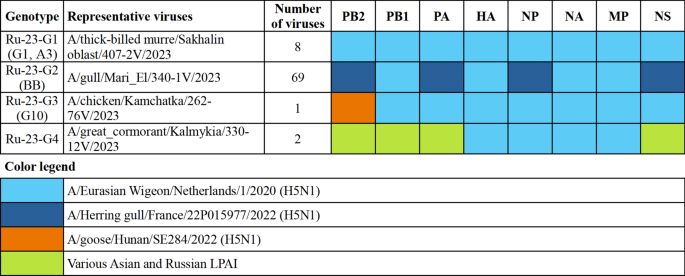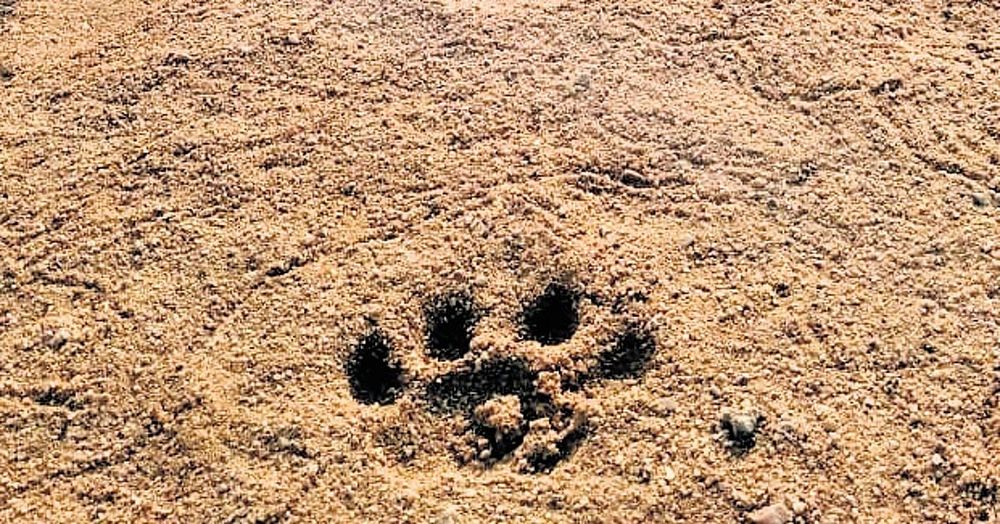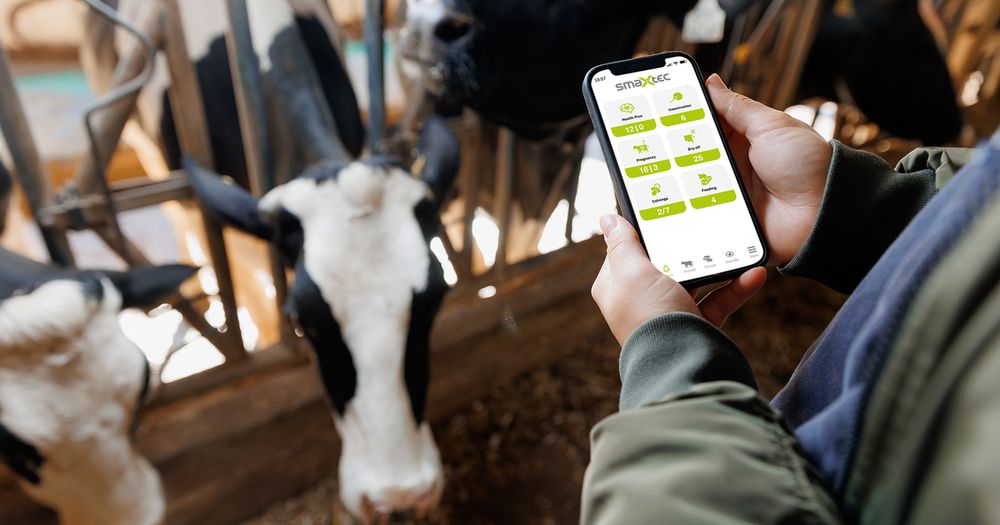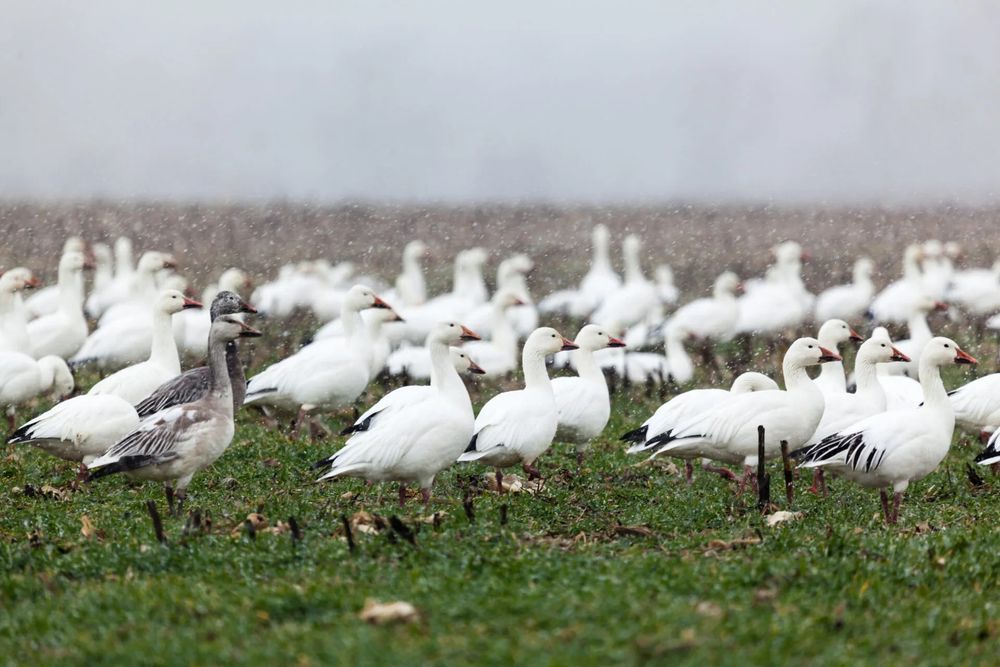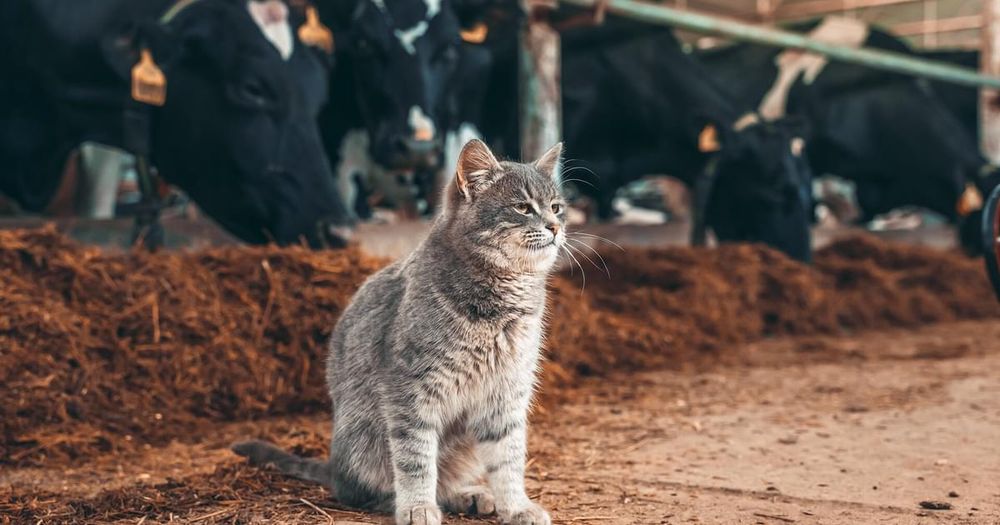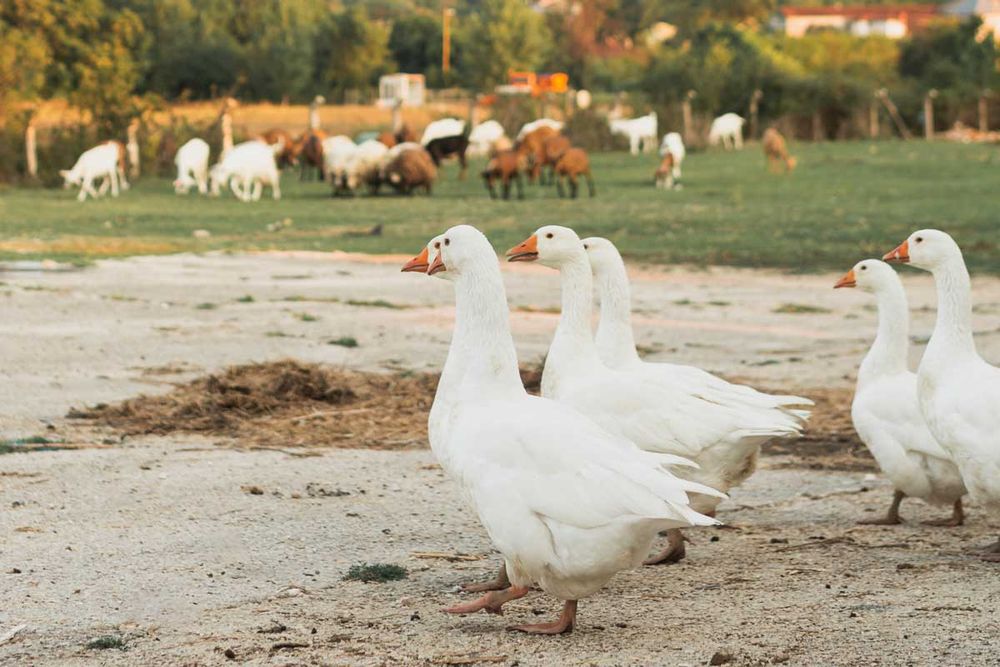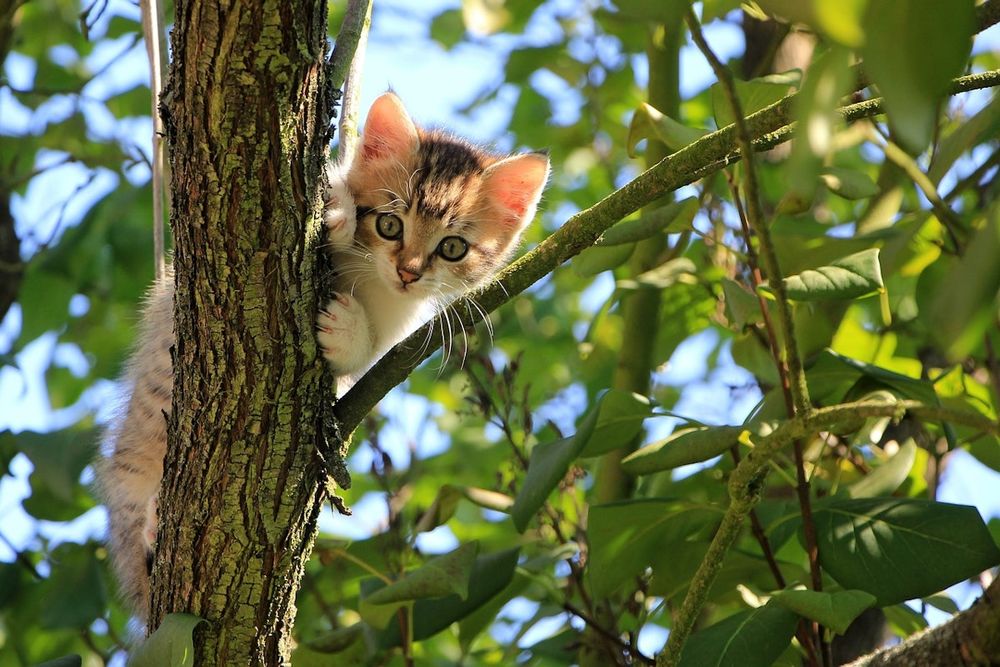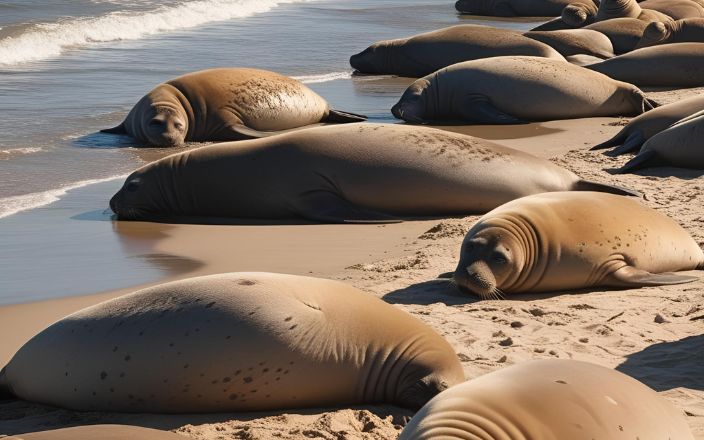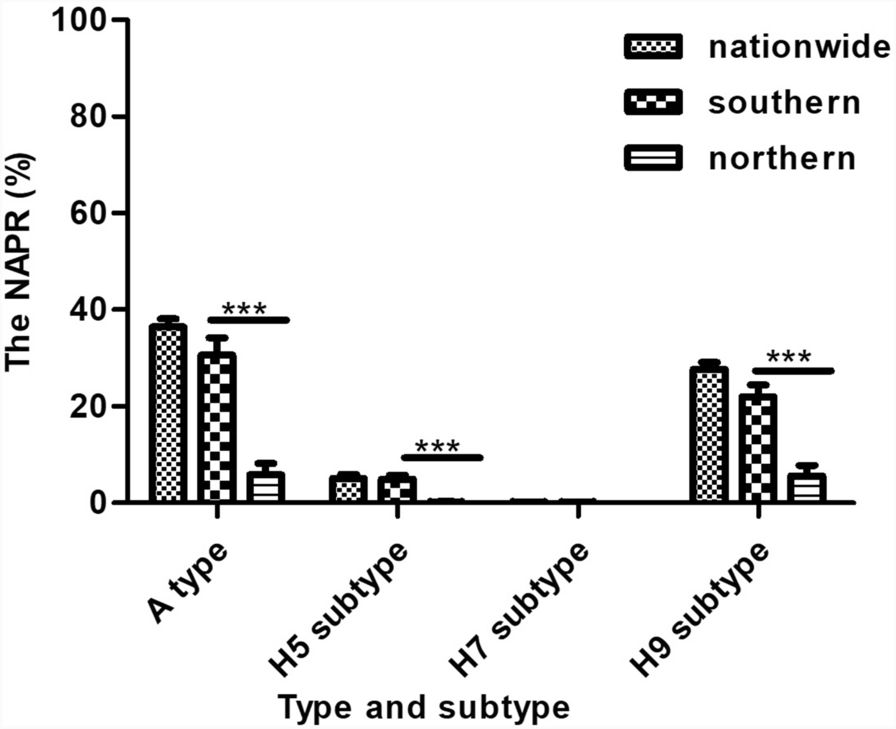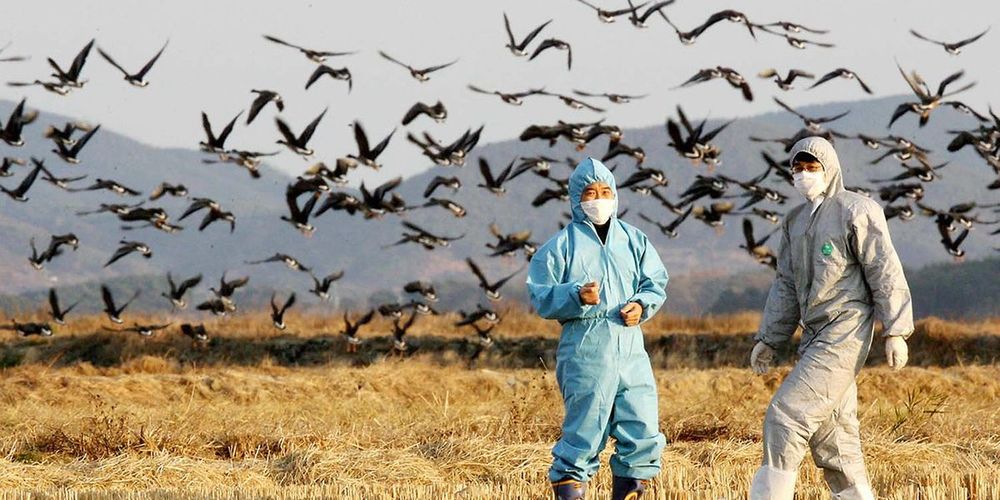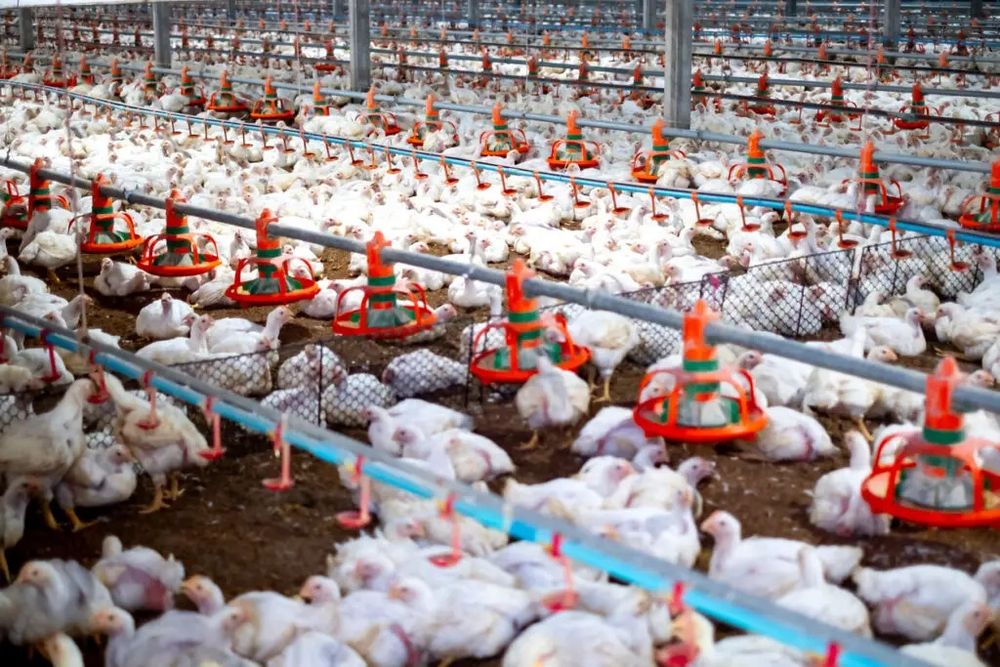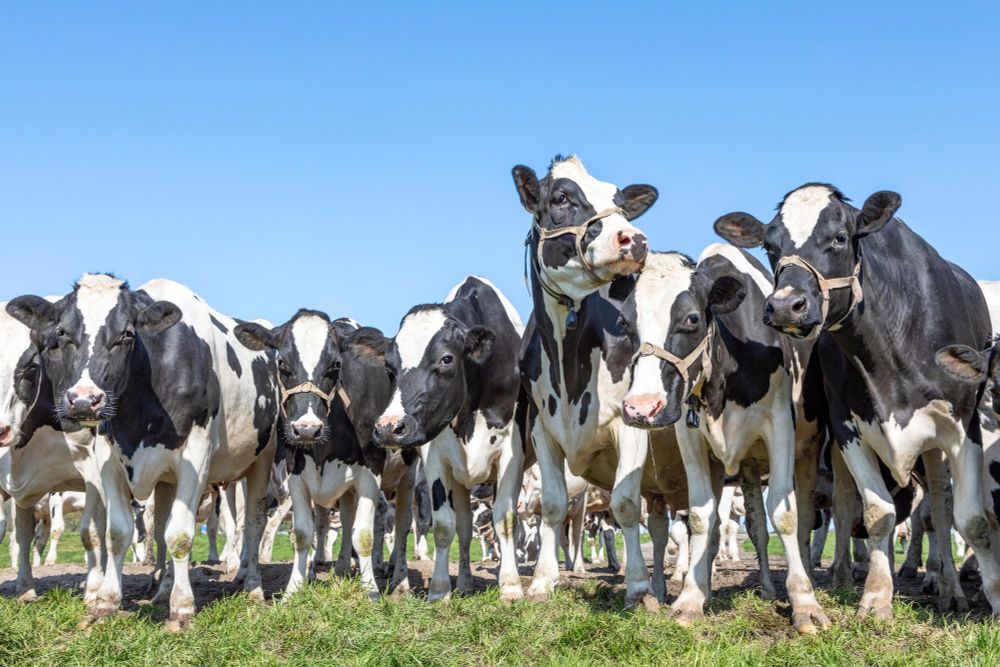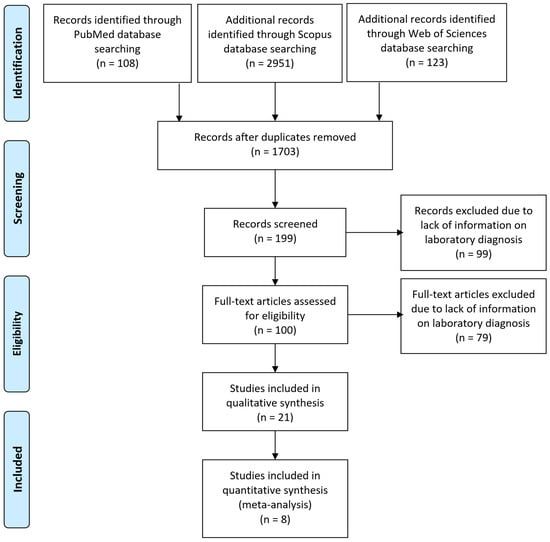
Highly Pathogenic Avian Influenza H5N1 in Cats (Felis catus): A Systematic Review and Meta-Analysis
Introduction: Highly pathogenic avian influenza (HPAI) H5N1, a zoonotic virus primarily affecting birds, has shown increasing cross-species transmission, including to domestic animals such as cats. Recent reports of cat infections, often associated with contact with infected birds or the consumption of raw milk from H5N1-positive cattle, raise concerns about their role in viral adaptation and zoonotic transmission. Objective: To assess the global prevalence and characteristics of H5N1 infections in cats (Felis catus) through a systematic review and meta-analysis. Methods: Following PRISMA guidelines, we conducted a systematic search across PubMed, Scopus, and Web of Science up to 1 March 2025. Observational studies reporting the prevalence or seroprevalence of H5N1 in cats (Felis catus) were included. Data extraction and quality assessment were performed independently by four reviewers. Meta-analyses were conducted using a random-effects model, and heterogeneity was assessed via I2 statistics. Results: Twenty-one studies met the inclusion criteria, of which eight were included in the meta-analysis (n = 3586 cats). The pooled global prevalence of Felis catus infections due to H5N1 influenza was 0.7% (95%CI: 0.3–1.1%), with high heterogeneity (I2 = 86.5%). The prevalence varied by the diagnostic method, region, cat type, and time. Domestic cats and those in Africa had higher infection rates (20.0% and 32.0%, respectively). Case reports (n = 35) revealed a high mortality (74%), predominantly from clade 2.3.4.4b, with neurological and respiratory manifestations. Conclusions: Although the overall prevalence is low, H5N1 infection in cats is increasing, particularly in clade 2.3.4.4b. Their close contact with humans and other animals highlights the need for enhanced surveillance, diagnostics, and One Health strategies to mitigate zoonotic risks.
16.05.2025 18:07 — 👍 10 🔁 7 💬 2 📌 2
